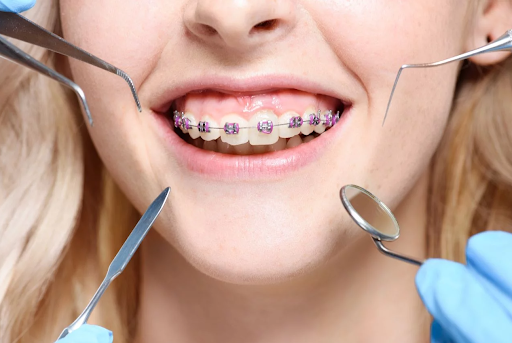Dental Preferred Provider Organization (PPO) plans are often cheaper than other types of dental insurance and give you more flexibility with more extensive provider networks. They don’t come with a deductible, but they may have an annual maximum that you must reach before the insurance company will pay 100% of your costs.
Table of Contents
Flexibility
Dental insurance PPO plans offer more flexibility than other types of insurance. For instance, plan members may only have to choose a primary dentist or get a referral after seeing a specialist, even out-of-network ones. Moreover, PPO plans usually pay for out-of-network services based on the industry concept of “usual, customary, and reasonable fees” (UCR). If a patient goes to an out-of-network dentist who charges more than the UCR, they must pay the difference. These plans also typically include an extensive network of dentists. Because of this, patients can receive the care they need more quickly than with other types of plans.
In contrast, HMO and DHMO plans require a primary dentist and only cover visits to in-network providers. However, they often come with lower premiums than a PPO. Depending on a person’s needs, these options may be the best choice for them. Lastly, DHMO and DPPO plans are offered to their employees by employers. These dental insurance plans are a good option for people needing coverage to offset the cost of routine preventive visits.
No Referrals
A Preferred Provider Organization (PPO) dental insurance plan combines regular indemnity insurance with a network of dentists under contract to offer services for a reduced fee. While PPO plans usually do not have a deductible, they may have an annual maximum you must pay out of pocket, depending on the procedure. If you visit a dentist outside the PPO network, your coverage will be based on a “usual, customary, and reasonable” fee. Typically, this is a much lower fee than what you would pay at an out-of-network dentist, but it will still be more than the discounted rate the dentist accepts from your dental insurance provider. DHMOs, or dental health maintenance organizations, benefit similarly to a PPO. Still, they are often less expensive than PPO plans and have a limited network of dentists you can visit. In addition, DHMOs require you to choose a primary care dentist and will refer you to specialists when needed. These plans are often best for those who want to keep their costs low and prefer to stick with a single primary care dentist for all their needs.
No Deductible
Unlike dental health maintenance organizations (HMOs) with a list of dentists participating in the network, PPO plans offer more flexibility and freedom to choose providers. Often, you don’t need a referral from a primary care dentist to see a specialist. You’ll also have the option to visit a dentist who is not part of the network, which will likely increase your out-of-pocket costs. Most PPOs have a deductible that must be met before the plan begins paying for services, although this varies from plan to plan. You can usually find the deductible for a specific plan by reviewing its contract or visiting its website. Some PPOs have an annual maximum that caps how much the plan will pay for dental services during a year, but this is rare. Typically, PPOs have a lower annual maximum than indemnity plans. Most also include a separate maximum for preventive, primary, and significant services.
Higher Out-of-Pocket Costs
A dental PPO plan offers you a more extensive network of dentists. These dentists have agreed to offer reduced fees for their services to the insurance company, reducing your out-of-pocket costs. You can also benefit from not meeting a deductible. The downside of this flexibility is that PPO plans tend to have higher premiums than HMOs. They also typically have annual maximums for coverage, which means you will be responsible for paying out of pocket if the cost of care exceeds a specific amount in one year. Dental PPOs typically have lower annual maximums than DHMOs, making them an attractive option for those with higher dental expenses. However, they can still have higher out-of-pocket costs compared to HMOs. For example, some PPO plans require you to pay a coinsurance percentage on out-of-network care, which can add up quickly when you need major dental work like crowns, root canals, or oral surgery. Also, be prepared to receive an Explanation of Benefits (EOB) after each visit that lists the amount the dental insurance company has paid toward your treatment.
Annual Maximums
Many dental insurance PPO plans offer annual maximums or caps on the amount the plan will pay in a benefit year. If the total amount spent on a covered service exceeds the max, you must pay the rest of the out-of-pocket cost. These maximums often reset at the beginning of a new benefit year, so knowing how these work and how much you spend on each treatment is essential. PPO plans are a good choice for those who want more flexibility with their coverage. They provide more freedom than DHMO plans, which require you to choose a primary dentist and only see professionals contracted with the plan’s network. PPO plans also do not require you to get referrals from your primary dentist before seeing a specialist. It is also good to look at a dental insurance company’s online tools, customer service helpline, and reporting before choosing a plan. These can significantly affect the plan’s overall value for you and your employees.





